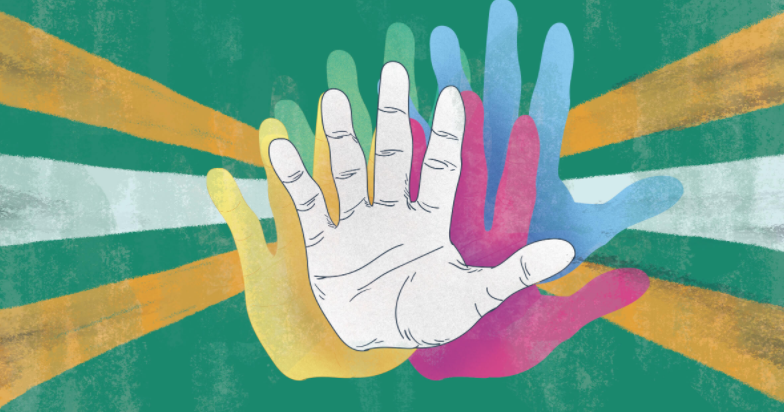7 Likely Signs Your Website Has Been Compromised
Imagine you’re running a routine load test on your website and notice that page load times have increased by nearly a second. IT staff might overlook this, attributing it to temporary server slowdowns or other periodic issues. However, poor performance can be a subtle sign that your website has been compromised or even hacked. While slow page loads are a common problem for many sites—even today, with fast internet and powerful servers—if this issue appears alongside other anomalies listed below, you may be the victim of an attack.
If you encounter one or more of the following signs, your IT team should conduct a thorough security check.
1. Very Slow Page Load Times
As mentioned above, if your pages occasionally load with a delay of one or two seconds, there’s no need to panic. However, if performance analysis shows consistently slow load times, it’s worth considering more serious causes. Ask your developers if any recent changes could have affected speed. If there were no scheduled maintenance downtimes, it’s time to check for security breaches.
2. Red Screen Warning
The so-called “red screen of death” is a clear sign your site has been hacked. If you enter your site’s address in Chrome and see a warning about malware, it’s likely that an attacker has gained access and installed malicious software to infect your visitors.
3. Website Disappearance
Another sign of a hack, besides the red screen, is a white screen with a message that the browser can’t find your site. Double-check the address, and if it’s correct, contact your IT department immediately.
4. Redirects to Malicious Sites
Websites don’t suddenly start behaving abnormally for no reason. If entering your site’s address takes you somewhere else, an attacker has probably compromised your site and set up redirects. Sites with steady visitor traffic are especially vulnerable to this type of attack.
5. Website Service Denial
If you’re not vigilant, your hosting provider might notice these signs and alert you to a possible hack. To protect their servers, they may disable your site and notify you of suspicious activity or signs of compromise.
6. Spam and Unusual Emails
Some loyal visitors might do you a favor and let you know they’re receiving spam from your site. Even if these messages appear to come from you as part of a marketing campaign, they could end up in spam folders if your site is infected with malware.
7. Data Leaks
One of the worst consequences of a compromised site is a data leak involving your customers. If clients complain about unauthorized use of their credit cards and the issue traces back to your site, you must act immediately.
The signs above are just a few of many that may indicate your website has been compromised. Experts predict that attacks will only become more aggressive and sophisticated in the coming years. That’s why it’s crucial—especially for online businesses—to implement reliable and timely measures to protect your site and your customers. Consult with IT professionals and cybersecurity experts to improve your website’s security.



